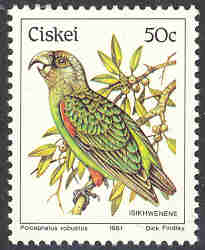We will also share stories of the “dead”, dead countries that is. There are many of these and they all have a story.
One of the good things about collecting dead countries is that you get to decide what counts as a dead country. If you feel that a country that issued stamps for several years, then stopped for many years, then started again counts as a dead country for the earlier period, then it counts. If not, then it doesn’t. If “offices” established by one country within another country counts, such as French offices in China, then it does.
Another good thing is that you get to decide what is “complete”. If you feel every stamp issued within the country counts, then they do. If you feel a stamp overprinted or surcharged by a local post office shouldn’t count, then it doesn’t. However, you know they won’t be issuing more stamps next month, so you really can reach completion.
Where do I start collecting dead countries? First think of smaller states that were combined into a larger, new state such as the old German or Italian states. Another possible group are the native tribal homelands within the Union of South Africa (Bophuthatswana, Ciskei, Transkei and Venda). Each of these four states issued their own stamps from about 1980 until 1994.
If you don’t want to start with a dead country that issued hundreds of stamps, some of the pricey, then you don’t have to. There are places for which only a very few stamps were issued. Imagine how good it feels to buy only three or four stamps and you have a complete country collection.
We will begin telling the stories of dead countries and their stamps in future issues. Stay tuned.

